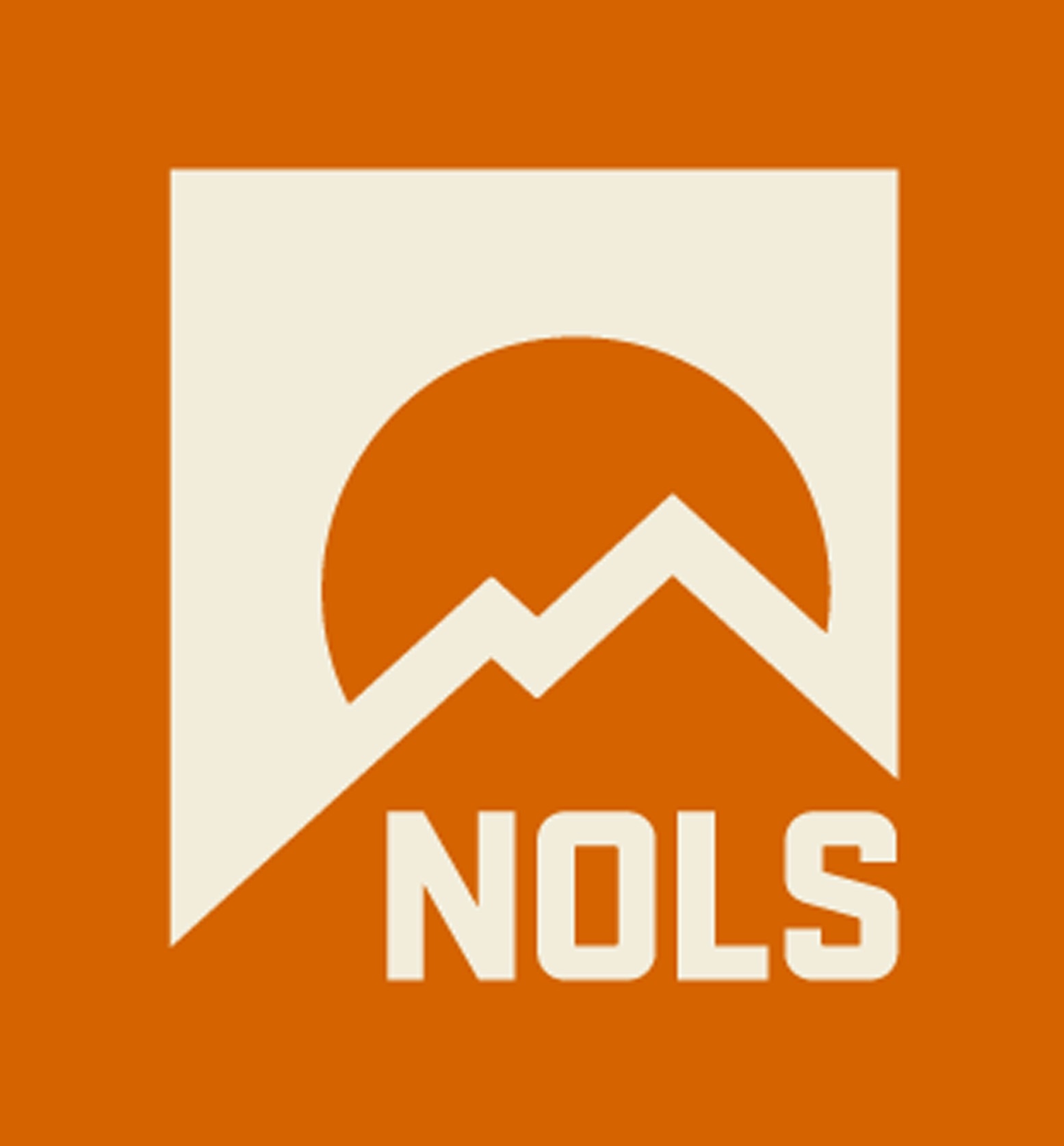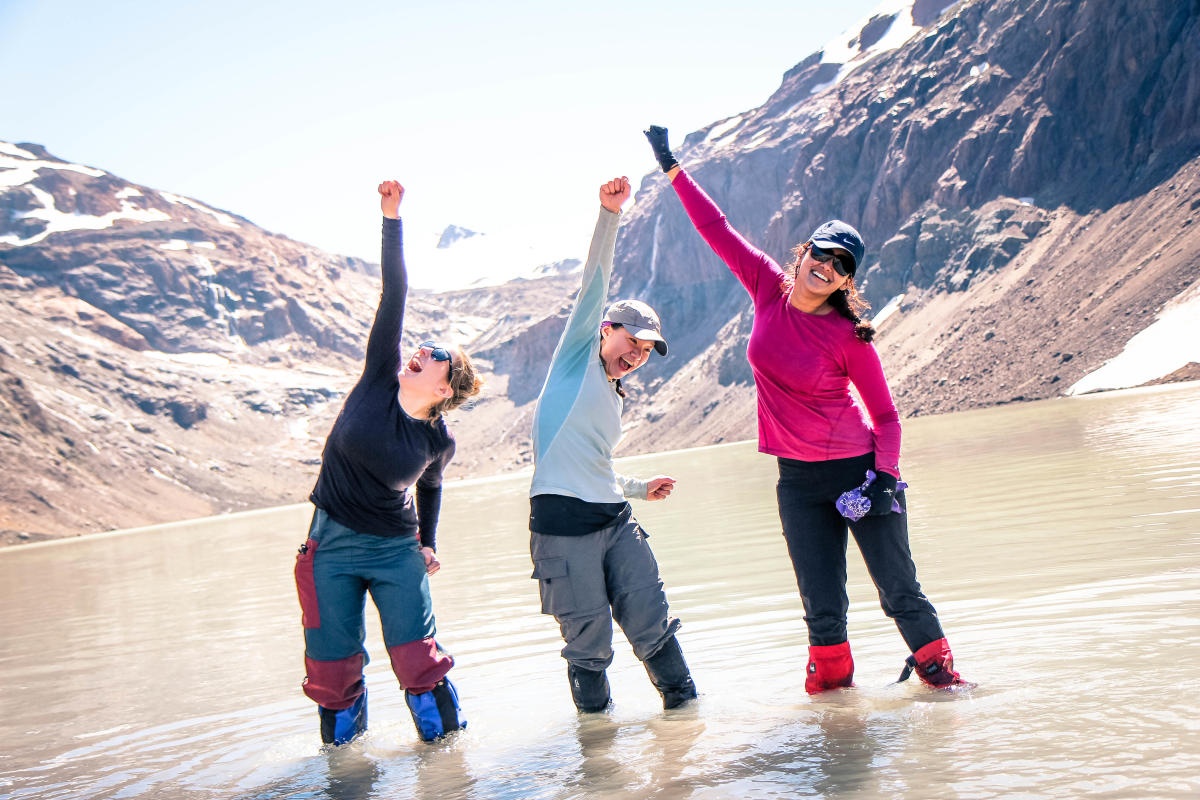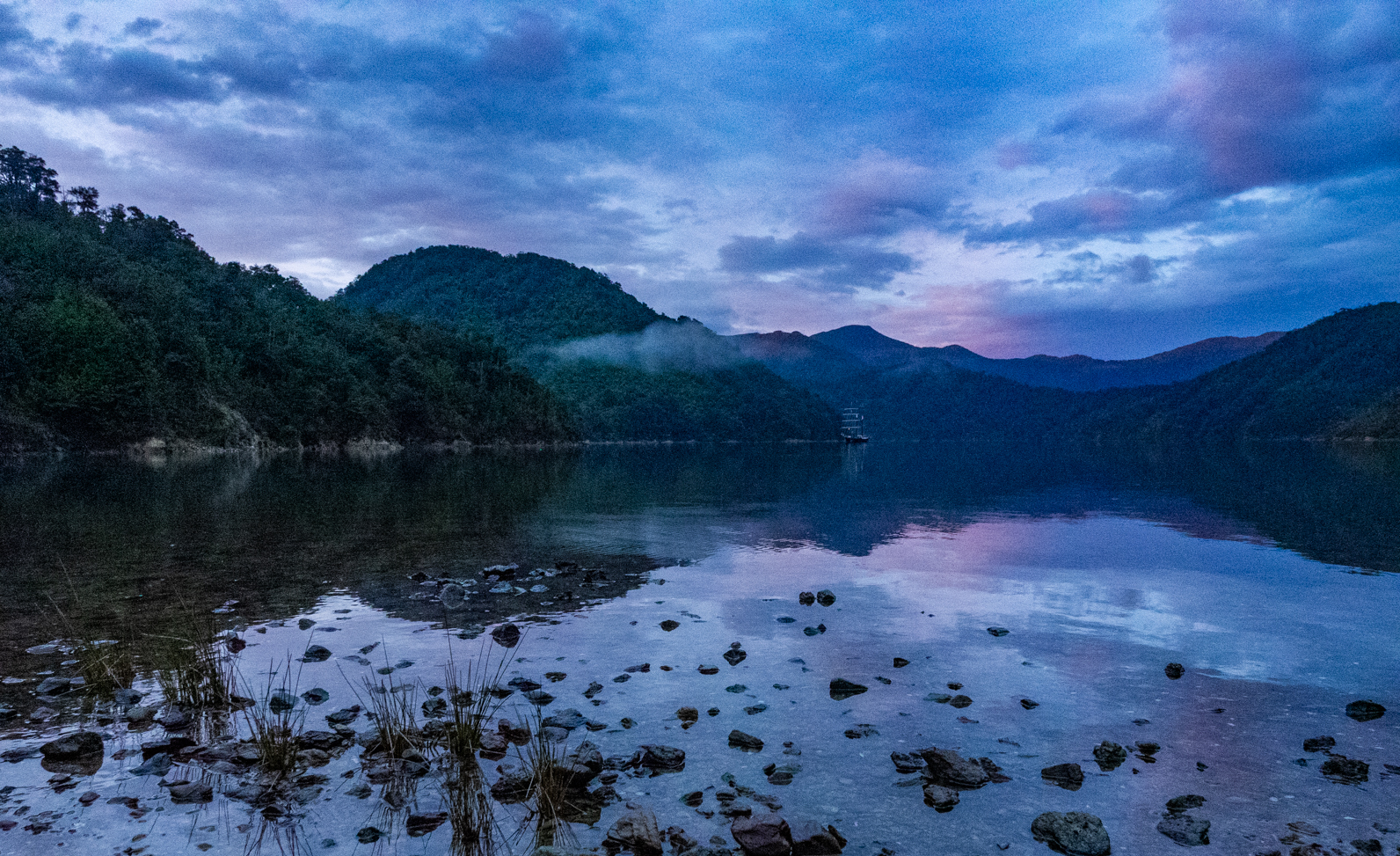
For many of us, travel and the outdoors provide solace. During these uncertain and challenging times, the outdoors can still provide an escape and add some sense of normality to our lives.
As we start to see phased reopening across the U.S., and the outdoor industry grapples with the effects of COVID-19, there are ways our community can follow recommended practices to support and keep each other healthy—and still enjoy the nature around us.
Enjoy Your Backyard
Now more than ever is the time to enjoy and celebrate nature in your own backyard. While we all love planning and sharing epic, far-flung adventures, take the time to appreciate accessible nature and get back to the basics.
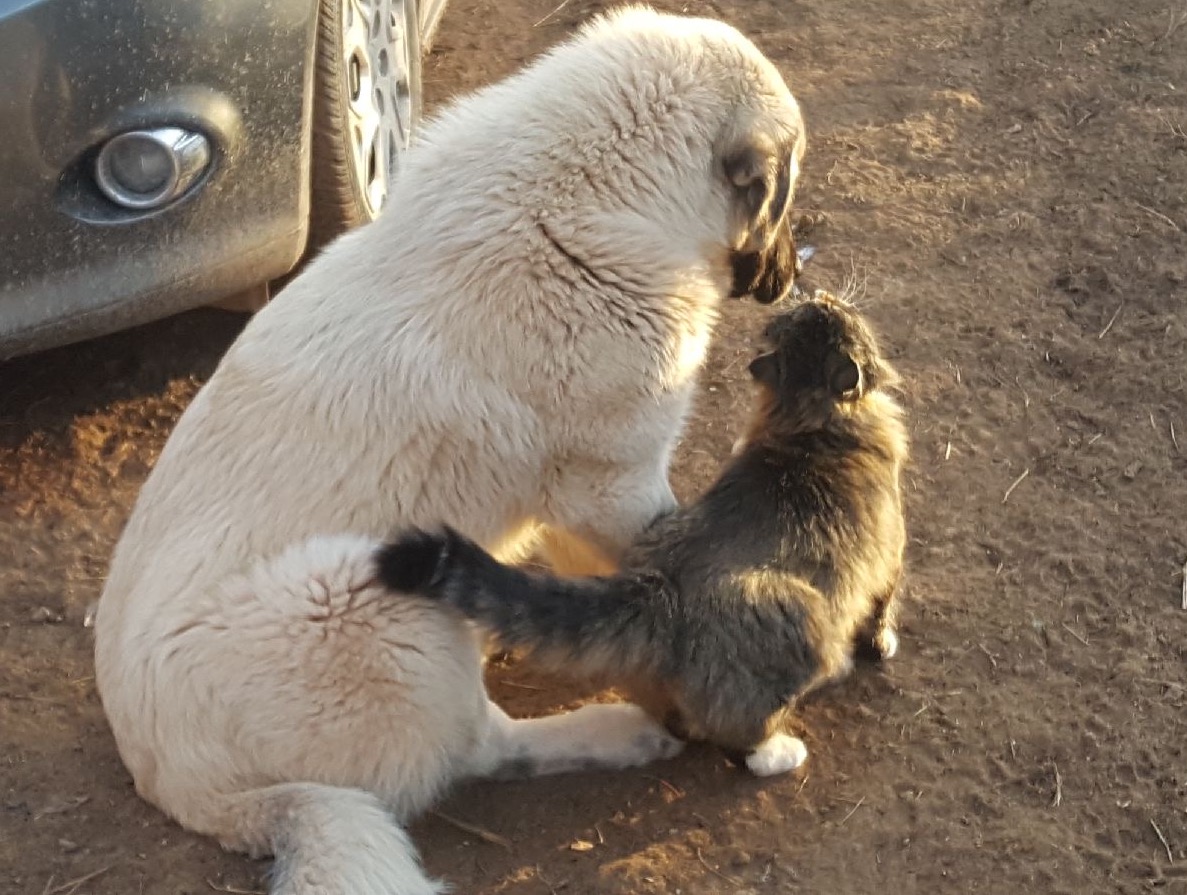
As social distancing becomes our new norm, there are a few things we should keep in mind while recreating:
- Follow CDC guidelines.
- Practice yoga on your porch, go for a jog in your neighborhood park, or go for a bike ride!
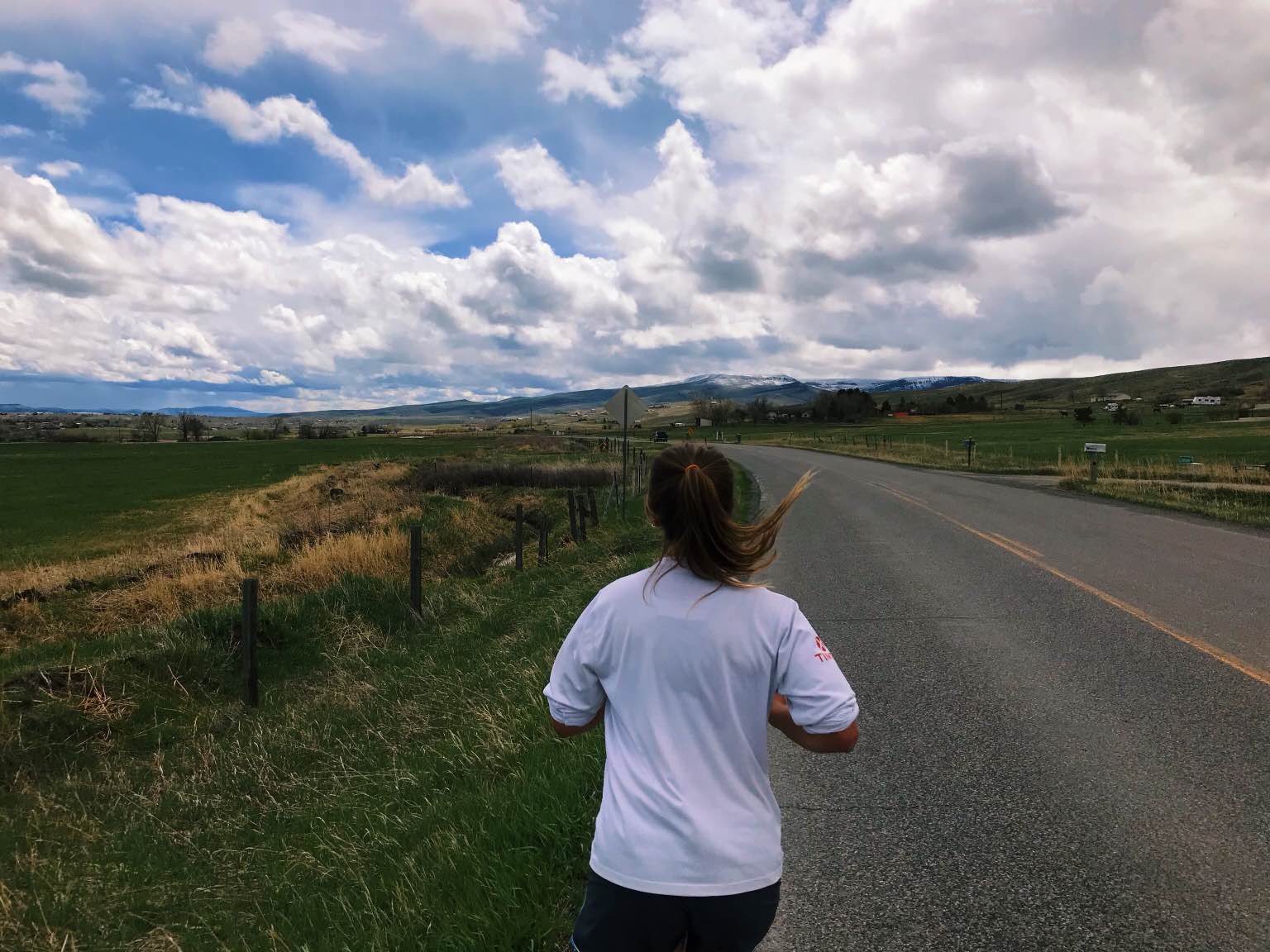
- Try to use this time as solo outdoor time—avoid gathering in groups and going to crowded public outdoor spaces.
- Wash your hands before and after heading outside, whether alone or with other folks.
Practice Extreme LNT
Similar to the federal government shutdown last year, many public lands aren’t at full staffing right now. If you venture out of your immediate backyard and onto public lands, you’ll need to be a steward of these spaces:
- Ride your bike to the public lands—it ensures you aren’t going too far from home and doesn’t require you to get gasoline/petrol from a gas station.

- Respect all signage that may indicate trails, areas, or parks are closed.
- Reassess the time of day you venture out and avoid peak hours for public outdoor spaces.
- Notify someone before you head out and when you return home. (This is a good risk management strategy for any of your outdoor adventures!)
- Now is not the time to attempt a trail/climb/whitewater river that tests your skills and abilities. Don’t go anywhere an emergency crew would have to venture to rescue you.
- Come prepared for your adventure by bringing along necessary gear, emergency and first aid kits, food, and water.
- If you are recreating with a friend or family member, do not share gear, food, or water and refrain from physical contact.
- Stay on the paths and trails, and reconsider your activities if it’s muddy. Path and trail maintenance crews may not be out for weeks, so it’s up to you to leave them in good shape.
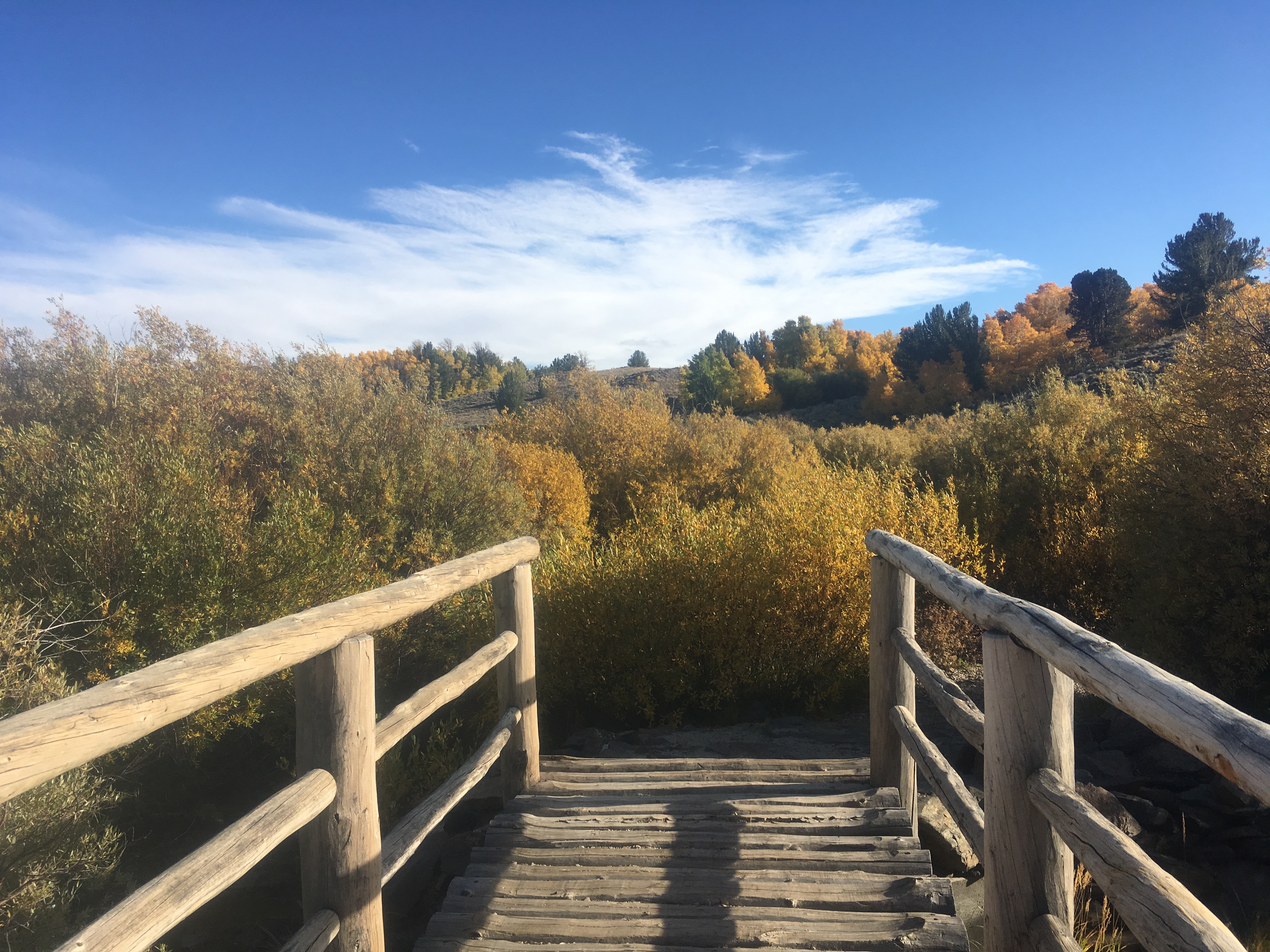
- Bring bags specifically for trash and waste, and pack out your trash and any trash you (safely) find on your adventure. Then, go the extra step and don’t drop it into a public trash can, but instead take it all the way to your home and dispose of it there. The park may not have regular trash service for a while.
- Do your best to use your home’s restrooms, and not those in the park. (The public restrooms may not even be open.)
- If you see someone breaking the law, notify authorities. Do not try to stop the behavior yourself.
- Sanitize your gear when you return home.
Avoid Extensive Travel
With schools and businesses closing their doors, many people have unexpected free time. However, now is not the time for an impromptu vacation to your favorite outdoor destination. Many of our national parks or bucket-list nature spots are located in remote, under resourced towns. Limiting travel can help stop the spread of the virus to areas that would be heavily burdened by additional health concerns.
In addition to the potentially depleting medical resources, many of these small towns have few grocery stores that locals depend on. With visitors tapping into those food and supply resources, that leaves local communities with even more limited options.
Revisit Indoor Options
If you live in a heavily populated area, you may not have the luxury of some outdoor options currently. Consider some of these indoor activities that will help you stay active with kids, finally get organized, repair worn gear, and inspire new adventures.
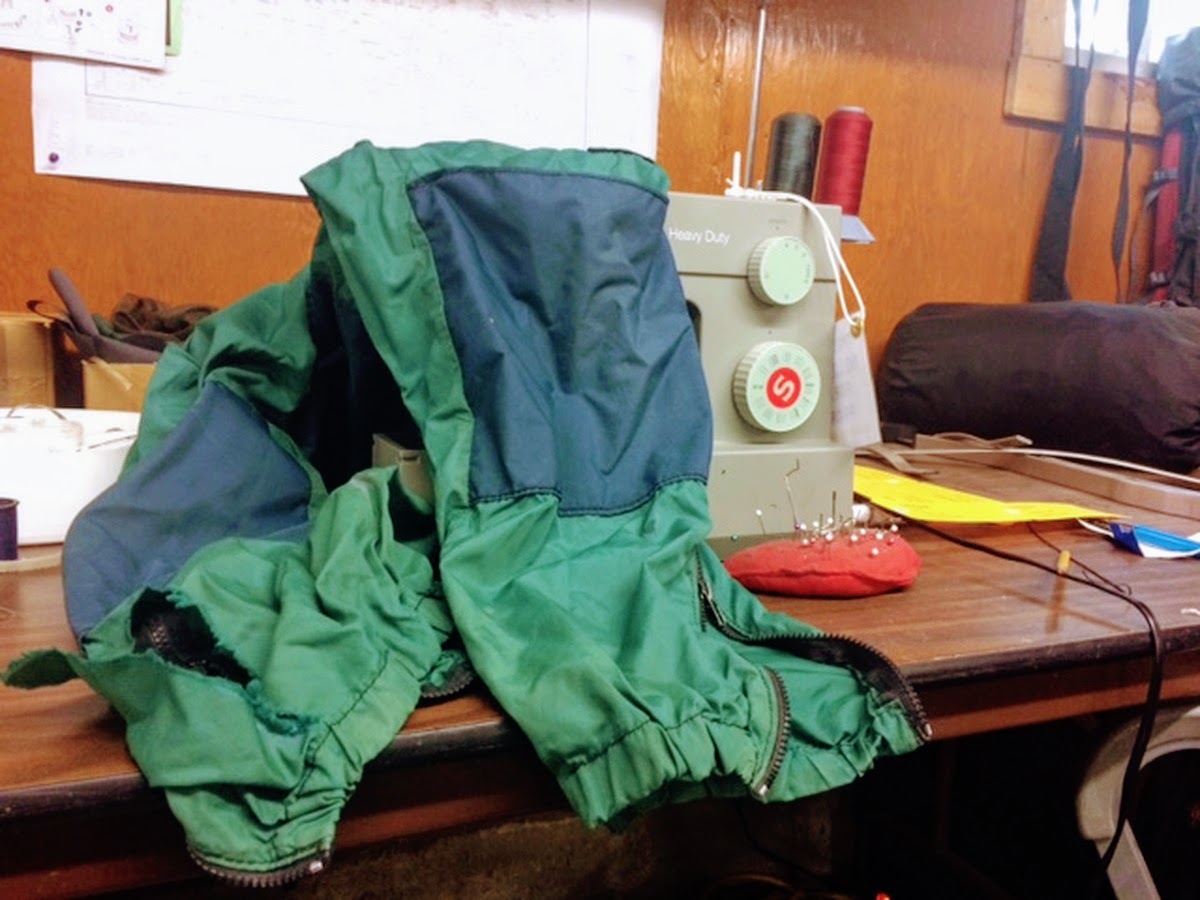
Plus, if you're housebound, curling up with a book (check out our publications here!) is always a great option.
Plan for the Future
The excitement of an upcoming trip has helped many of us through mundane routines or trying times. As the situation evolves, patience in the face of adversity is key and planning a future expedition can provide a little hope and a welcome escape.
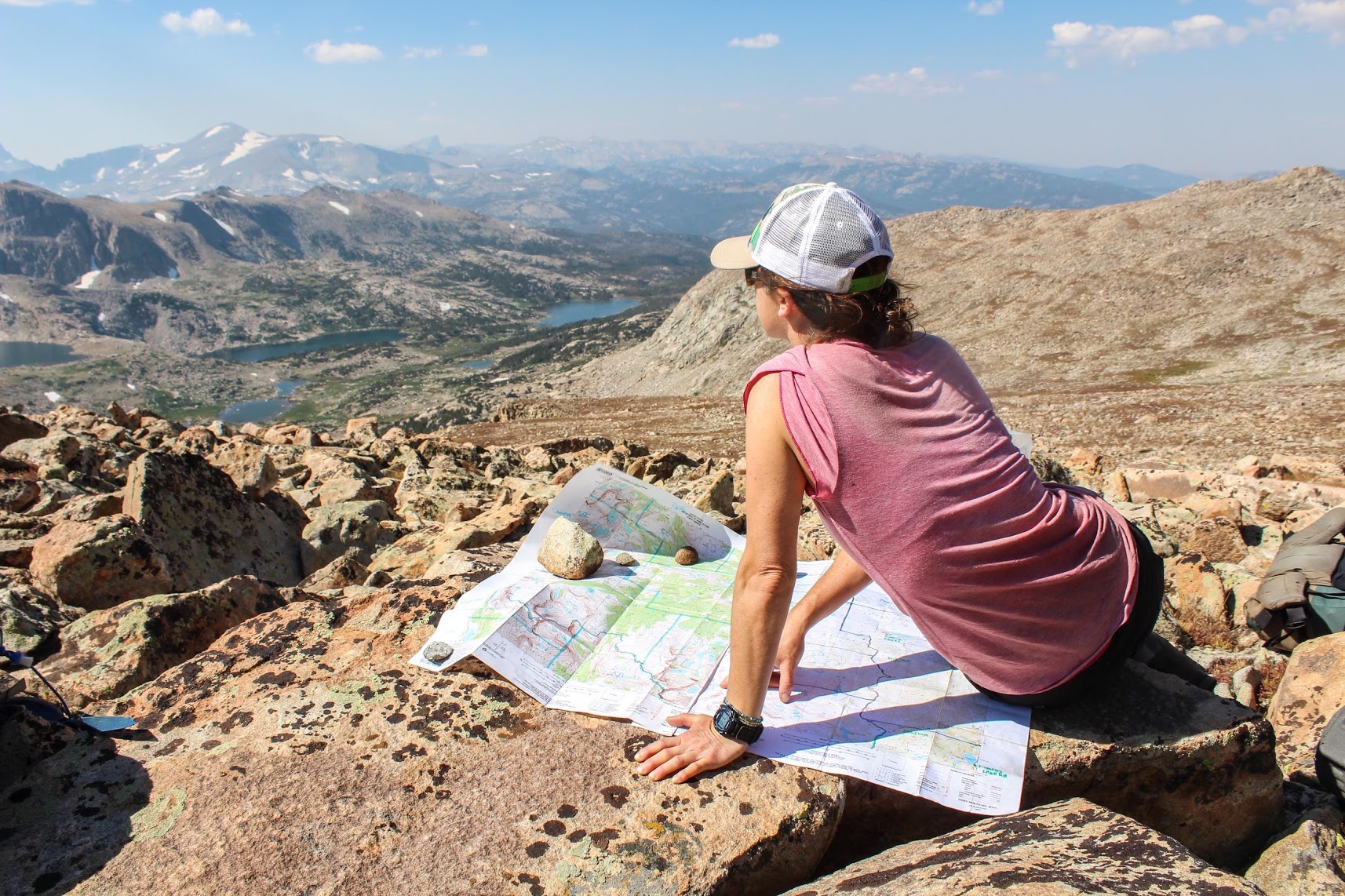
Now is the time to tap into the many life lessons the outdoors have taught us and bring those skills to the frontcountry. Whether it be assessing risk related to travel or outdoor recreation, sharing accurate information with others, or maintaining and encouraging a positive outlook, we know the NOLS community is poised to be leaders and role models.
Written By
NOLS
NOLS is a nonprofit global wilderness school that seeks to help you step forward boldly as a leader.


